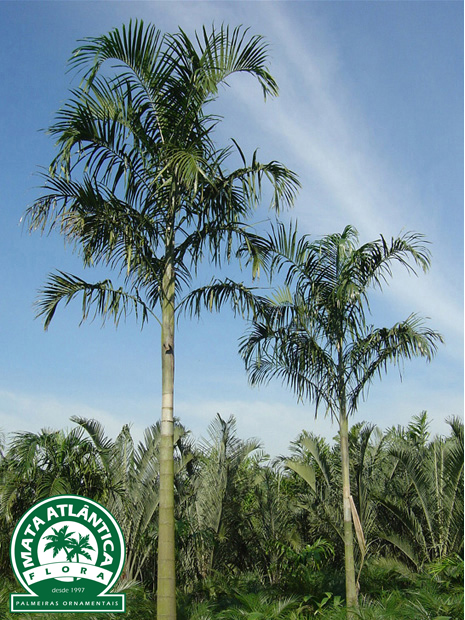
The Phantoms live on the Westside of Desperance, while Joseph Midnight and his family set up a camp on the Eastside of town.

Angel eventually leaves Norm to be with Mozzie Fishman, the leader of a spiritual convoy. The chaotic, quarrelsome family live in a swampy area on top of the nest of a serpent spirit, which is the ancestral creation spirit for Aboriginal people in the region. Norm and his wife Angel Day have seven children. Norm lives with his family on the outskirts of Desperance, a white settler town in the Gulf of Carpentaria, in northern Queensland, Australia. Image: New aerial image documenting trap walls hundreds of meters long in the Gulf of Carpentaria. Credit: Anna Kreij and Sean Ulm.Normal Phantom is an old Black Aboriginal man known far and wide as the best fisherman. YouTube video: Using drones to study extensive Aboriginal stone-walled fishtraps in the Gulf of Carpentaria. Credit: CABAH - Australian Research Council Centre of Excellence for Australian Biodiversity and Heritage. The new fascinating aerial images document trap walls hundreds of meters long and up to a metre high. The next phase of the project involves mapping all of the fishtraps around Kaiadilt sea country in all of the islands in the South Wellesley Archipelago. Results will feed into plans to protect this extraordinary cultural heritage and help our understanding of how people used these island environments in the past.

The fishtraps were designed to be most effective in enclosing water at mid-tide, which corresponds to the tradition of collecting fish from fishtraps at mid-tide among Kaiadilt Aboriginal people-the traditional owners of the South Wellesley Islands, and partners in the research. They are the largest structures built by Aboriginal and Torres Strait Islander people and surround the Australian coastline, with dense complexes around the South Wellesley Islands and some Torres Strait Islands. Stone-walled intertidal fishtraps were built to control the movements of marine animals. Researchers at the ARC Centre of Excellence for Australian Biodiversity and Heritage(CABAH) have used high-resolution close-range drone photogrammetry and a suite of spatial information analytical techniques to investigate Kaiadilt Aboriginal stone-walled intertidal fishtraps on Sweers Island in the southern Gulf of Carpentaria.


 0 kommentar(er)
0 kommentar(er)
